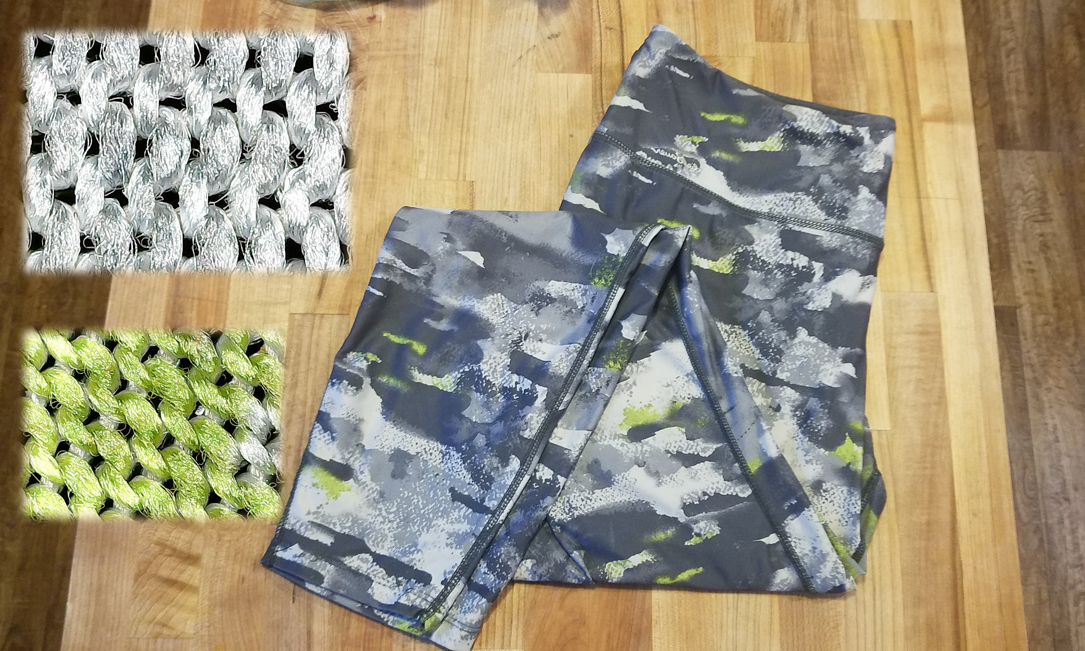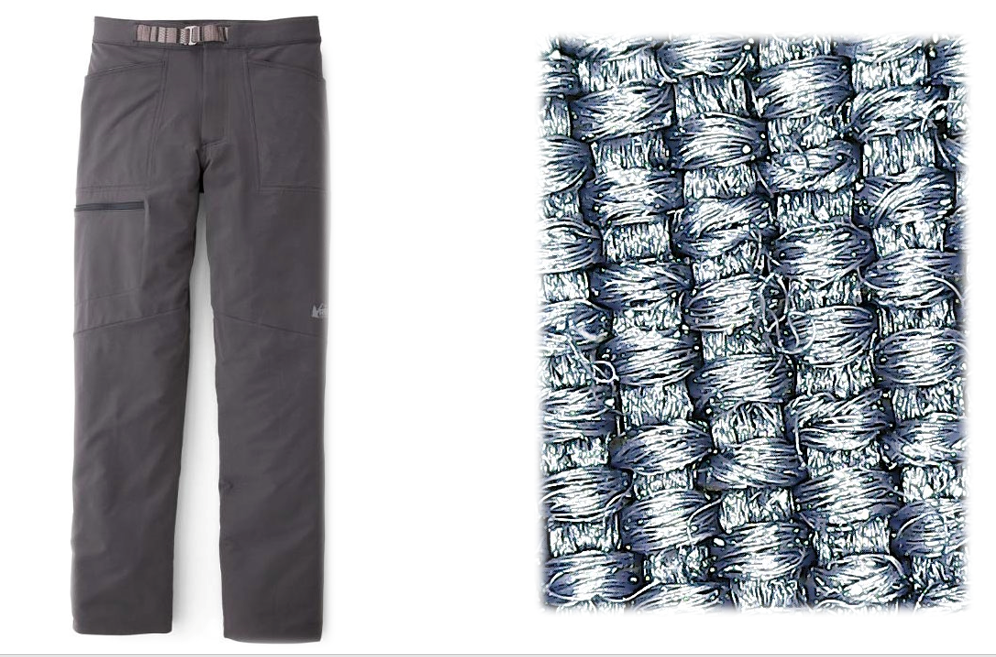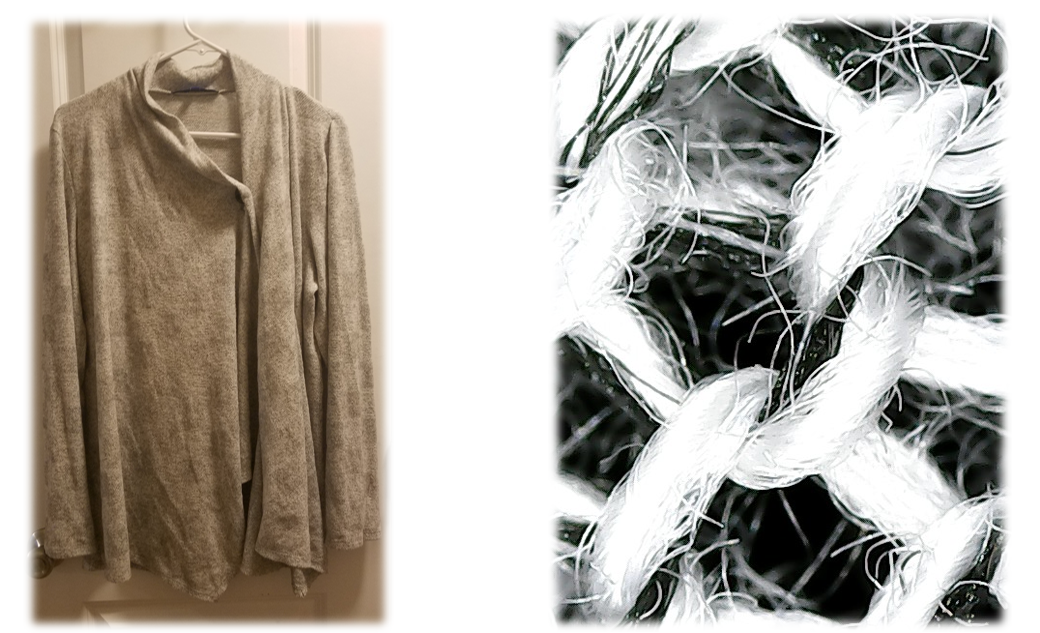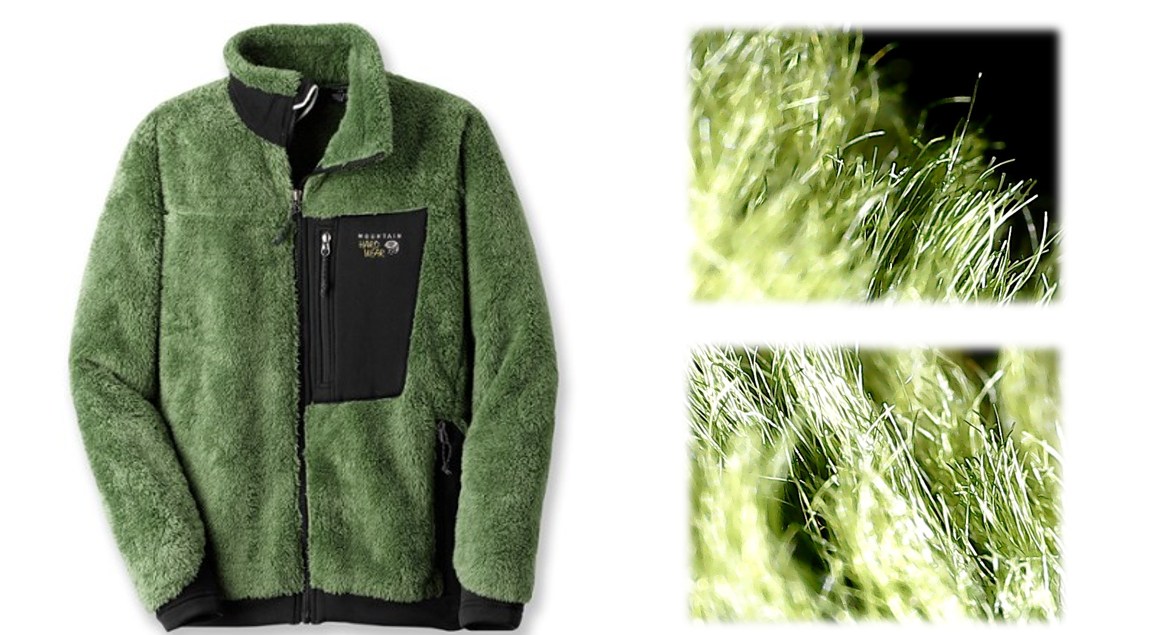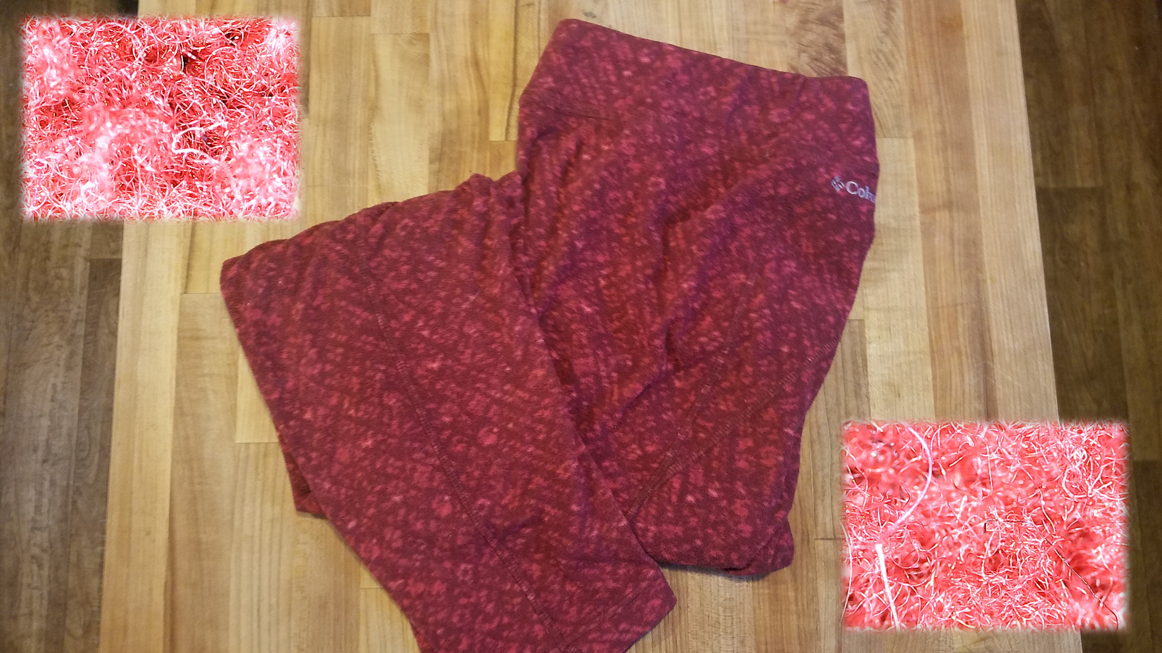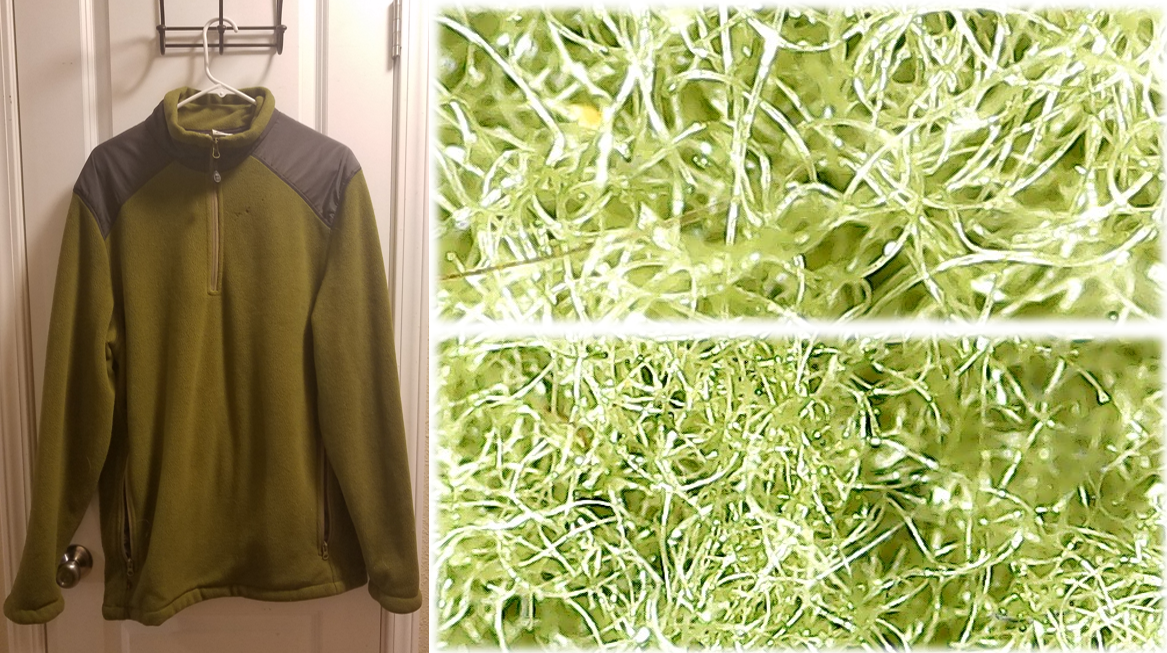Early this August, The STC environmental department put on our Laundry for a Clean Ocean class. This class was designed to inform community members how our domestic laundry is contributing to the ocean plastic and pollution problem. We offered two class times, and they were both delightfully full. Those who attended the classes received a sustainable laundry starter kit to help them lessen their impact on ocean pollution. We were so happy to see how many members in the community were interested in this topic.
Thank you to everyone who attended!
In the class we looked at three main sources of ocean pollution that come from a typical home laundry routine
COMMERCIAL LAUNDRY DETERGENT
Most laundry detergents in the United States come in big plastic jugs like the ones in the picture. These are single use plastics which are considered to be the leading cause of ocean plastic pollution. They are recyclable, but it is important to note that only about 9% of plastics in the US ever make it to be recycled. This is not just from a lack of people recycling. The recycling industry is like any other industry - it has to make financial sense. If recycling loads are too contaminated with dirty food containers or mis-sorted items, it is cheaper for the recycling operation to send it to the dump than it is to spend the money and energy to deal with sorting and cleaning.
Here in Skagway, none of our plastic is recycled. It all goes to the incinerator. Our waste is well managed and has a nice short and direct path from our homes to the incinerator. So it most likely won’t end up in the ocean . However, burning plastic will contribute to air pollution. We should probably avoid it where we can.
DRYER SHEETS
Something that we had not thought of until recently, was what dryer sheets are actually, physically made of. It turns out that dryer sheets are polyester - which means plastic.
These little polyester sheets that we throw in with every dry cycle are the epitome of single use plastic. There is no way to recycle them, and no good way to reuse them.
As well as being wasteful, they are also much more likely to end up in our oceans than larger bulkier plastics like our detergent bottles. Because they are light and small, they could easily fall out of the trash on the way out or cling to your clothes and fall off outside. Once loose outdoors, wind could easily pick them up and carry them to a waterway. These sheets are the type of synthetic material that is going to break down into small pieces quickly once it is in the ocean and then could be mistaken for food by marine animals.
MICROFIBERS SHEDDING FROM CLOTHES DURING WASHING
We all know our clothes shed fibers in the dryer. We know this because we have to empty the lint filter every time we take a load out. That mat of lint is made up of little fibers from your clothes that have come loose during the drying cycle. Many of our clothes are made of synthetic materials now. This means the fibers shedding off of them are PLASTIC.
What many people don’t realize is that the same kind of shedding that happens in the dryer also happens in the washing machine. The big difference is that washing machines don’t have any filter like our dryers do.
All of the tiny plastic fibers from our synthetic clothing are washing down the drain. Most will pass through wastewater facilities and end up in our waterways and oceans.
Studies have found that one synthetic garment can shed up to 700,000 individual fibers in one wash cycle. When everyone’s wash is combined, we are washing hundreds of thousands of tons of plastic into our oceans every year just from our laundry. Research has found that these microfibers can be found in every part of the ocean – across the globe and at all depths
The STC environmental department takes water samples weekly from Nahku Bay. We will often see these fibers show up under the microscope in our samples. They can be so small that you cannot even see them with your naked eye. However even the smallest pieces of plastic can have serious impacts. They can easily be mistaken for food by aquatic animals, or unintentionally ingested by filter feeders.
Click through below to see what different synthetic clothing looks like under a microscope. It is easy to see how vulnerable our clothes are to shedding fibers.
Our sustainable laundry kits offered solutions to each of these problems
We gave all our kits out to class participants, but all the items in them can be found and purchased independently. We can help you find them if you are interested in getting any of the items for your own home.
HANDMADE LAUNDRY DETERGENT
WOOL DRYER BALLS
Wool dryer balls are a pretty great alternative to dryer sheets. They can replace dryer sheets to soften clothes and reduce drying times. They are made of natural fiber and can be used for years before they need to be replaced. You really just toss them in your dryer and leave them there. They will tumble around with your clothes in the dryer separating them and agitating them. This will soften your clothes and help them dry faster. You want to use between 3 and 6 in your dryer at a time.
If you do decide to get some, they take very little care. If they ever start to look dirty, or you want to wash them, you can just toss them in the washer on hot and then dry them immediately after to avoid mildew. If they start to pill that is totally fine. You can remove the pills or leave them. It is totally up to you.
THE CORA BALL
Plastic microfiber pollution was relatively recently discovered and hasn’t been addressed very long. But new technologies and tools for trapping and catching them are being developed. We looked into some of these and the one we found the most appealing was the Cora Ball. These were included in our sustainable laundry kits. All you will have to do with a cora ball is keep it in your washing machine. And it will do the rest of the work.
The Cora Ball was designed to mimic coral in the way it allows water to pass through while catching particles. Cora Balls are basically a ball of spindles made of 100% recycled plastic. These spindles have little rubber teeth on them that face inward. This makes it easy for fibers to move toward the center of the ball, but hard for them to move outward – essentially trapping them at the center. Studies done on the Cora Ball have shown that it traps aproximatly 26% of the microfibers that are loosened in a washing cycle. Which is pretty good considering all you have to do is leave it in your washer
Because the fibers coming off our clothes are so small, it takes time to really start to see them. It can take 5 to 25 washes before you see anything. One of the issues that Cora Ball has faced is that people cannot see the fibers build up, so they assume it is not working.
When we started using the Cora ball, we were a couple weeks in and it still seemed like all we had caught was our dog’s hair and our own. We put the Cora Ball under the microscope to see what was really going on. You can see in the bottom picture what the Cora Ball looked like to our naked eye. The picture on the far right shows what we saw with the microscope. Even though we couldn’t see it, there were teeny tiny microfibers building up in there.
If you are interested in getting your own Cora Ball you can find them easily online. Coraball.com and earthhero.com both sell them.




